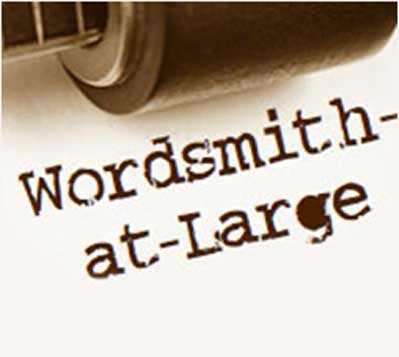Now that Congress has totally fixed Obamacare, it’s time to move on to a much simpler task – Tax Reform. Given the speed with which they repealed and replaced the healthcare train wreck (“keep your doctor, keep your plan” ring a bell?), and the same bi-partisanship employed by Republicans as the Democrats utilized in passing the original legislation back in 2010, there’s no doubt changes to the tax rules and regulations will be easy and welcome by all also, right?
One study I saw reported there were a little over 74,600 pages in the U.S. Tax Code. But that was over a year ago. More could definitely have been added in the interim. Members of Congress really seem to enjoy a game called, “Let me take care of my constituents but not yours.” Of course, the reality is in order for one elected official to get a pet plan approved, quid pro quo with other colleagues is essential. “You scratch my back, I’ll scratch yours” has resulted in using the tax code to influence myriad objectives, both social and economic. Here’s one list of inclusions I saw: “Buy hybrid vehicles, turn corn into gasoline, purchase health insurance, buy a home, replace that home’s furnace, have children, adopt children, put them in daycare, purchase school supplies, go to college, invest in historic buildings, and spend on research.”
Not that many, if not most, of those items aren’t important, but should they be part of the tax code? In all probability, each of those items probably comes with several pages of paperwork to fill out when filing returns on April 15th every year.
President Trump has put forth a plan that, at the moment, would cut income tax rates, double the standard deduction, basically eliminate personal exemptions, get rid of itemized deductions (except mortgage interest, charitable contributions, and retirement savings), and reduce the corporate tax rate. It also eliminates the deduction for state and local taxes. There’s a lot more to it, of course, but those seem to be the headlines.
Surprise, surprise, not everyone has greeted this overall proposal with a standing ovation. Speaker of the House Paul Ryan says he thinks that maybe there should be three instead of four tax brackets, with those earning big bucks paying an added higher rate. Senate Minority Leader Chuck Schumer pretty much stuck out his tongue and said, “Pffftttt” to the whole thing. (New Yorkers pay a boatload in state and local taxes every year. They probably wouldn’t enjoy losing that deduction. Ditto Californians.)
At the very least, the issue of tax reform is actually on the table this year. Getting past the rhetoric and making something happen may be fanciful thinking, but as for every baseball team in Spring Training, hope does spring eternal.
I wonder if anyone has actually ever read the entire Tax Code. Just for fun, I decided to take a look at a random section. Here’s what I chose: U.S. Code, Title 26, Subtitle D, Miscellaneous Excise Taxes. Clicking on that tab, I had the option to read any of 20 chapters, from Taxes on Wagering to Cosmetic Services and Golden Parachutes to Public Charities. I picked Public Charities.
For some reason, up popped Code § 4911 – Tax on Excess Expenditures to Influence Legislation. Here is how it started:
- Tax imposed
- In general
There is hereby imposed on the excess lobbying expenditures of any organization to which this section applies a tax equal to 25 percent of the amount of the excess lobbying expenditures for the taxable year.
- Organizations to which this section applies
This section applies to any organization with respect to which an election under section 501(h) (relating to lobbying expenditures by public charities) is in effect for the taxable year.
(b) Excess lobbying expenditures
For purposes of this section, the term “excess lobbying expenditures” means, for a taxable year, the greater of—
That prolific prose was followed by no less than 90 paragraphs and around 1500 words. Alas, I fell asleep well before the final subsection.
Reducing the number of tax brackets is really only one of the goals of this year’s proposed reforms. Another is to make filing much, much simpler for most Americans. Someone created a postcard size tax form, claiming it should work for most people. My guess is most Members of Congress would just as soon make it simpler than that and reduce the paperwork to just two lines that have often been suggested before: Line 1: How much did you make? and Line 2: Send it in.
©MMXVII. William J. Lewis, III


Leave A Comment